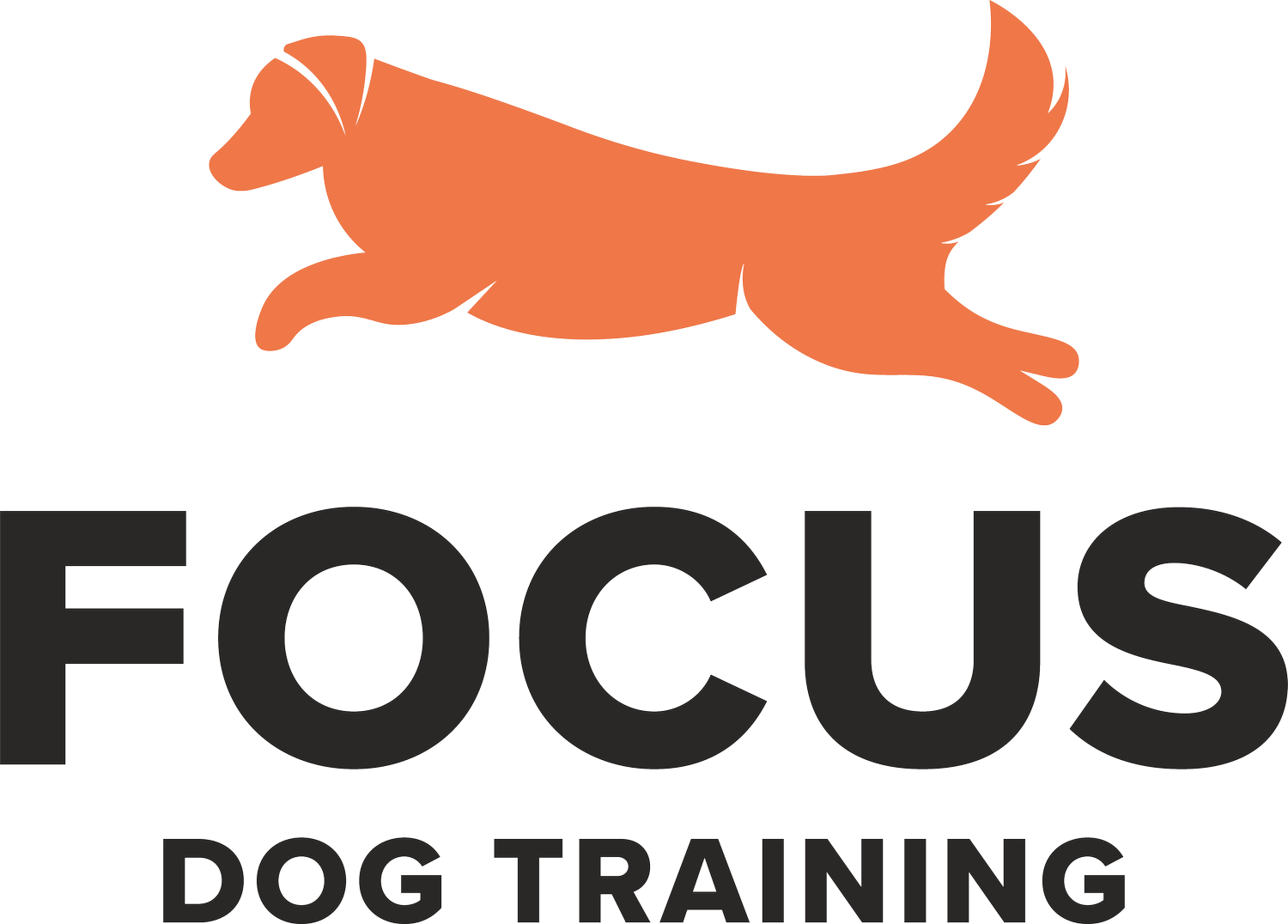How to Spot an Over Aroused Dog
Overarousal can be a bit of a nightmare for handlers of high energy and high drive dogs!
Arousal is a state of physiological or psychological activation, and when it becomes too high our dogs can struggle to learn and show a lot of frustrating behaviour. It’s important to note that an over aroused dog is a stressed dog. Excitement does not always equal happiness.
Over arousal is often missed by pet owners and trainers alike, but if we can spot the signs early we can take steps to help our dogs before they practise unwanted behaviours.
Behaviour change: biting/nipping, humping, “throwing behaviours at you”
If all of a sudden our dogs start doing things like biting or nipping, humping, or trying out all their tricks without being asked, this can be due to over arousal.Vocalisation
Barking, squeaking, squealing or screaming are all signs that our dog is having too big feelings, or is frustrated or confused. Especially if they are doing so after we give them a cue.Pupils dilated
Big, blown pupils are often a sign of over arousalTension in face, especially mouth pulled back into a tight grin/grimace
Tension is always something we’re looking for in dog body language, and over aroused dogs tend to show a lot of it in their face. We might get a grimace that is often mistaken for a smile, with the tongue held mostly within the mouth. We might also see furrowed brows and tension around the eyes.Excessive friendliness
This one is sneaky! Some dogs who frantically have to greet everyone aren’t just happy to say hi, they’re overwhelmed by the situation and deal with that by being overly exuberant in their greetings.Snatching treats
If a dog who under calm circumstances can take a treat politely starts snatching them or sharking our hands, that is a clue that their stress levels are spiking.Lack of ability to listen to known cues
If our dogs cannot listen to cues they usually know very well, that’s an early sign we need to help them feel safe or calm down a bitLack of ability to eat food
If our normally food motivated dog cannot eat, that’s a problem! When food eating breaks we should swift action to help them.Can’t stop won’t stop
Dogs who can’t or won’t stop running amok, can’t or won’t take a pee break, or otherwise can’t stop won’t stop need our help to calm down and think more clearly
Once we can notice that our dogs are tipping into problematic territory, we can take steps early to help them settle. Things like increasing distance from triggers, enrichment and decompression, opportunities to sniff and pattern games can all help our dogs take a deep breath and calm down a bit.
